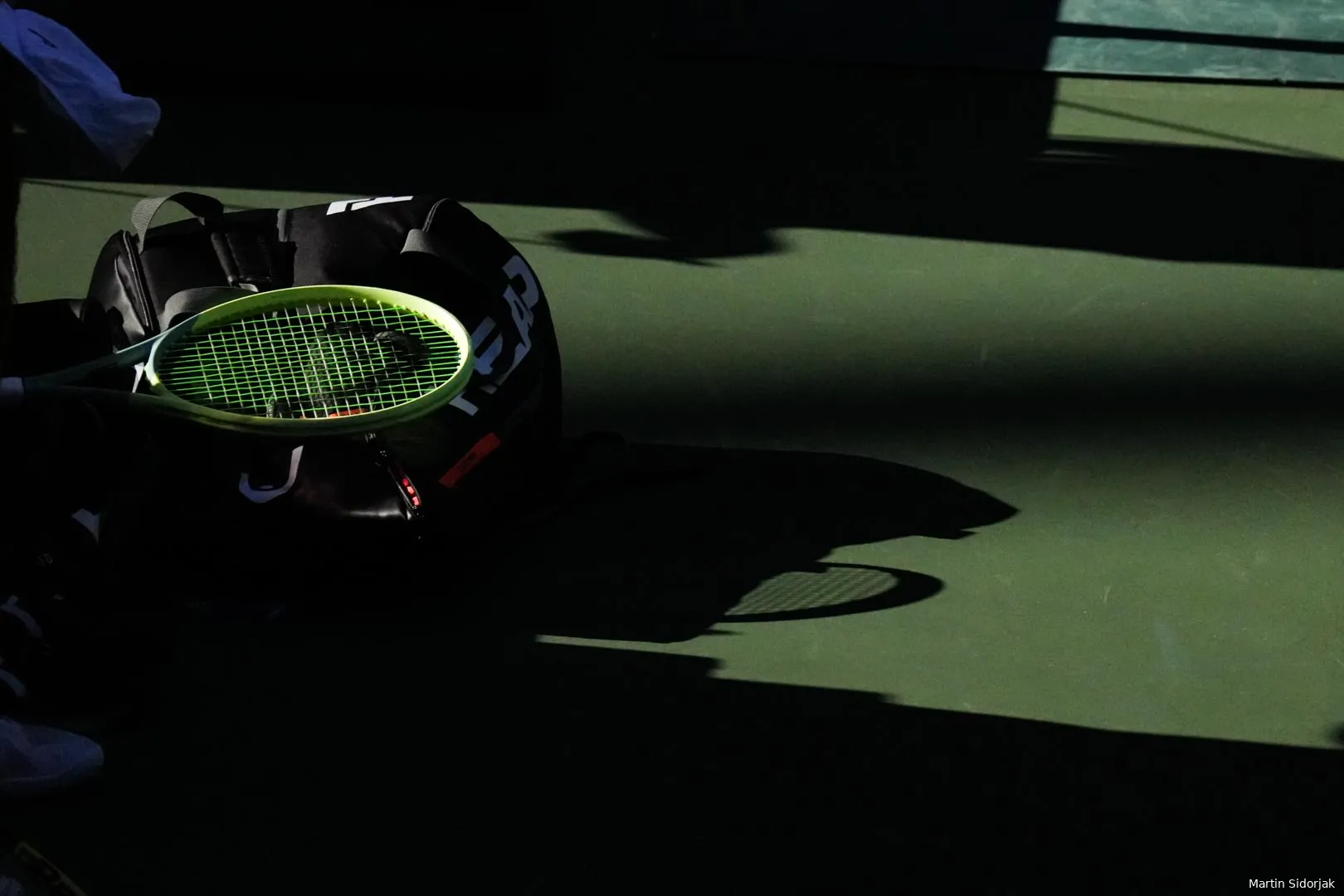
Despite being part of a bygone era in tennis, I as a stringer still get questions about string savers, or “string-a-lings” as some call them.
But can they be of any use in rackets today? Put simply, string savers are little pieces of plastic inserted into the weave of the stringbed, with the goal of reducing wear at the point two strings cross over each other.
In the days of natural gut strings, string savers were considered a necessity by advanced-level tennis players, since natural gut string – among other characteristics – is a rather delicate string, and could pop apart after a very short period of hard-hitting tennis.
On top of the mere inconvenience of requiring a racket to be restrung again, natural gut was, and still is, incredibly expensive, so players would have string savers inserted at strategic points in the stringbed, usually in the centre where contact was typically made, in order to prevent it from fraying as quickly.
After the 1990s, the higher-tech and comparatively cheaper polyester strings took a sharp uptick in popularity, to the point where full stringbeds of gut or multifilament strings are now a thing of the past.
Polyesters are much, much tougher than the old-fashioned natural gut, but can still break in the hands of the right players, so are string savers still useful today? In short, not particularly. Using string savers in a polyester stringbed is almost pointless, given the hard-wearing nature of the modern string, and in any case the polyester will have long died, losing its elasticity and characteristic sharp performance.
Read also
An argument can be made for the use of string savers in a racket of synthetic gut, however, even the high quality the nylon synthetic guts are very reasonably priced, so efforts to make the string last longer are unnecessary.
But, string savers may be useful for some of the more expensive multifilament strings, such as Tecnifibre X1 Biphase. String savers may be installed by the user themselves, or it may be easier to ask their stringer to install them.
Roger Federer – who was one of the last players to regularly use string savers – took the latter approach, and watching enough footage of 1990s tennis matches saw players of the time, such as Sampras and Rafter, simply adding string savers to their gut-strung rackets as they needed them.
When adding string savers, its best not to add too many, as you may start to feel an increase in racket mass and balance, not to mention packing them too densely on the stringbed will alter the feel of the racket, and restrict string movement.
One of the last professional players to use string savers on a regular basis was Roger Federer – who used a relatively old-fashioned racket setup equipped with other 1990s amenities, such as leather powerpads. Federer himself is aware the use of string savers is something carried over from years past, and states that it is simply something he has gotten used to.
On an amusing note, in a 2018 German interview, Federer mentioned in passing he specifically requests square string savers (likely Babolat Elastocross) to be installed in his rackets, with the reason being in his early years of tennis, the theory was the square ones provided more spin. This, of course, is nonsense.
Read also
Loading









